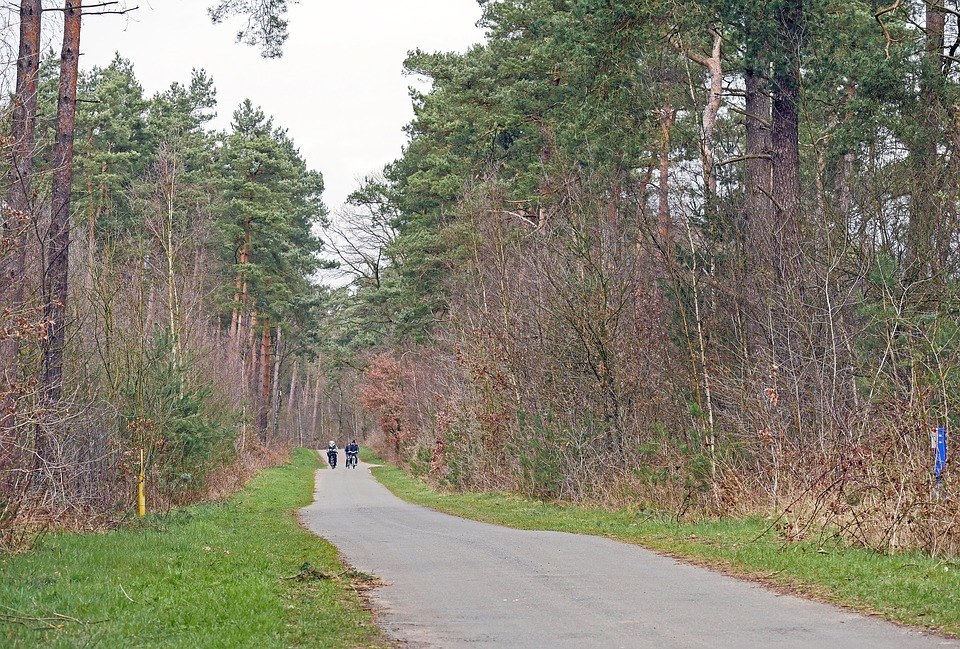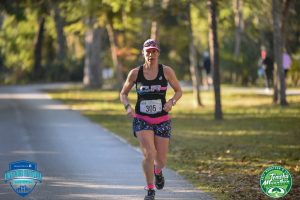Let’s be honest… we LOVE to train outside. The daily grind of pool swims, trainer rides, and treadmill runs can get pretty old pretty quick. How do we make the transition from indoor training to outdoor training as smooth as possible?
Indoor training has its benefits, there is a lot of focus that comes from all outside distractions being removed. While swimming, for example, the pool is a great place to get your speed work done over the winter. Your hard, fast efforts are way more attainable when you aren’t worrying about sighting, current, and swimming into other people. These efforts are also easy to time and track your progress on. Not as easy to do in the open water!
Indoor cycling has come a long way as well, there are so many ways to enjoy your long indoor rides over the winter. Especially with programs like CompuTrainer and Zwift, trainer rides have never been so much fun! Indoor cycling can really improve your strength and power. You’re able to do efforts with no distractions from stoplights, wind, cars, pedestrians, potholes… the list goes on. In fact, you can spend 30% less time on an indoor training ride to get the same effect as an outdoor ride. That’s a huge time saver!
Running on the treadmill is never much fun for anyone, but it allows you to focus on your stride, breathing, gait, and nutrition. All of these focused training sessions help improve our training dramatically!
Now it’s getting to that time where we can finally go outside. Let’s make this transition smooth and keep focused during outdoor training!
Swimming in open water isn’t always possible, not all of us have access to a beautiful lake right outside our doorstep. So, swimming in the pool will have to do! There are a lot of drills you can practice to simulate open water swimming and race starts if you are unable to get any real OWS time. You should also make sure to try on your wetsuit and make sure everything is still working before your first race. If you can get into the open water, get in 1-2 OWS workouts per week. Do your endurance sets in the open water and practice sighting. Keep going to the pool at least once per week to keep your speed work up through race season. Get out and swim with other people if possible! Practice drafting in the water as much as you can, this will help you during the race!
Cycling outside can be difficult if you live in a city. For those country side, small town riders, get out as much as you can! Make sure you’re getting one long ride in each week that is longer than race distance. If you’re racing Olympic distance triathlon, your race will consist of a 40km bike. Try to get at least 40-45km done on your long rides so you know you can handle that distance no problem. For your other rides, make sure you get some good speed work in such as a time trial or sprints. You can also include some hill repeats every week or every two weeks. For those city goers, you may choose to still ride indoors a few times per week. To get outside, find a quiet route that you feel comfortable riding and make that your long, weekend ride route. Make sure you are using your race gear! Practice getting on and off you bike as you would in a triathlon, try riding in your race suit, test out some of your new equipment. You don’t want any surprises come race day.
And now, we run… running outside can be way more fun than the dreadmill. Running may be one of the easiest sports to transition outside because you can go anywhere right out your front door. Many runners do run outside during the winter, especially on those long runs. To make the most of your outdoor running, include endurance, speed, and sprint work. Make your long runs at or more than your race distance. Track your speed and practice some race pace runs. Include a track workout each week with short sprint efforts and a speed workout with longer efforts such as 1 mile repeats. Keep record of all your split times and track your improvements!
The number one thing to remember when transitioning outside is that you need to bring nutrition with you. On the treadmill, this is easy, the bottle and gels are right there the whole time. When we go outside however, many of us don’t like running with a bottle or a fuel belt. It is important to keep your body fueled and hydrated, especially on your long runs. Find a method that works for you. This could be a handheld bottle or a few gels in your pocket. There are so many products out there to help runners stay comfortable while carrying nutrition, test some out and find something you like! It will benefit you in the long run… literally.
As triathletes, we love it when the weather starts to change. This means we can spend all the time we want training outside and feeling race ready. This is the first sign that race season is approaching, let’s roll with it and get out there!


